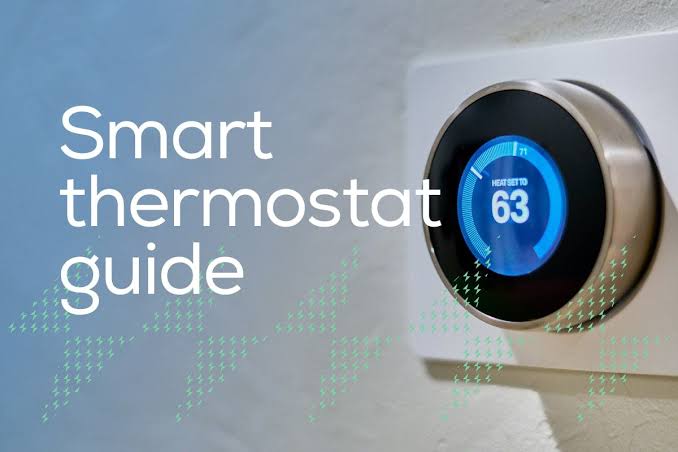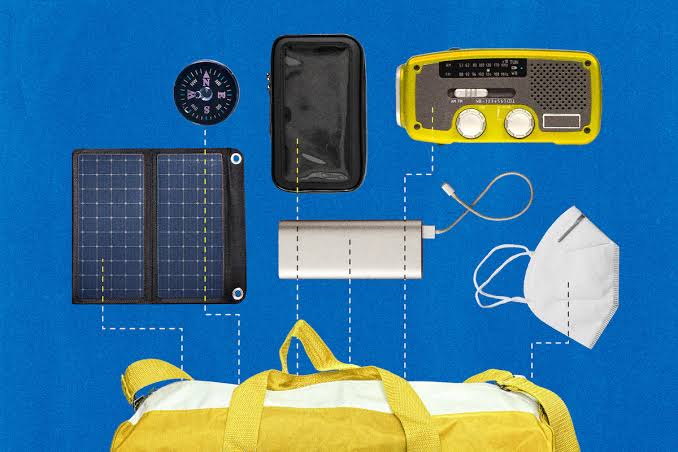In an era where energy efficiency and sustainable living are becoming central concerns for homeowners and governments alike, smart thermostats have emerged as one of the most effective tools in managing home energy consumption. As of July 2025, these devices are no longer a novelty but an essential component of modern smart homes. They offer users a sophisticated way to control indoor temperatures while reducing unnecessary energy use, ultimately saving money and benefiting the environment.
Smart thermostats go beyond simple temperature control. They learn user preferences, adjust automatically to daily routines, and provide detailed feedback on energy usage. With global energy prices rising and climate awareness growing, the adoption of smart thermostats is more relevant than ever. Let’s explore the comprehensive benefits these devices bring to homeowners and the environment.
Intelligent Temperature Control
One of the primary advantages of a smart thermostat is its ability to learn and adapt to your lifestyle. These devices use artificial intelligence and machine learning to track your daily routines and automatically adjust temperatures to match your comfort needs. For instance, if you typically leave home at 8 a.m. and return by 6 p.m., a smart thermostat will gradually lower the heating or cooling during your absence and restore it before your return.
This learning capability eliminates the need to constantly adjust settings manually, ensuring your home remains comfortable while conserving energy. Unlike traditional thermostats, which operate on fixed schedules, smart thermostats react in real time to both internal patterns and external weather conditions, making them highly efficient.
Significant Energy Savings
Smart thermostats are proven to reduce energy consumption by optimizing heating and cooling cycles. According to updated statistics from the Canadian Energy Efficiency Alliance in 2025, homeowners who use smart thermostats save an average of 10-15% annually on heating and cooling bills. These savings occur because smart thermostats prevent overuse of HVAC systems by adjusting output based on occupancy and temperature fluctuations.
Many smart thermostats come equipped with geofencing features, which detect when residents leave or approach the house. The system then adjusts accordingly, ensuring no energy is wasted on heating or cooling an empty home. Over time, these small savings add up significantly, making the device an investment that pays for itself.
Remote Access and Control
Thanks to Wi-Fi connectivity, smart thermostats allow homeowners to control their home’s temperature from anywhere using a smartphone app or web interface. This is especially useful for people who travel frequently or work unpredictable hours. Whether you’re at the office, on vacation, or simply in bed, you can easily check or change your home’s temperature.
This level of convenience ensures that you never waste energy when plans change. If you’re returning home early, you can adjust the temperature before you arrive, walking into a perfectly comfortable environment without keeping the system running all day unnecessarily.
Integration with Smart Home Systems
Modern smart thermostats are designed to seamlessly integrate with other smart home technologies. Devices from top brands like Google Nest, Ecobee, and Honeywell can connect with voice assistants like Amazon Alexa, Apple Siri, and Google Assistant. This allows users to adjust the thermostat with simple voice commands or create automated routines tied to other smart devices.
For example, you can set a routine where lights dim, music starts, and the thermostat adjusts to a cozy evening temperature when you say, “Good evening.” These integrations make for a more convenient, efficient, and user-friendly home environment.
Detailed Energy Usage Reports
Another feature that sets smart thermostats apart is their ability to generate detailed energy usage reports. These reports provide insights into when and how energy is being consumed in your home. Users can view daily, weekly, or monthly reports, helping them make informed decisions about their heating and cooling habits.
This transparency is essential for households looking to reduce their carbon footprint or simply cut down on energy expenses. Over time, reviewing and adjusting usage based on these reports can lead to substantial improvements in efficiency.
Environmental Impact
Reducing household energy consumption has a direct positive impact on the environment. By using less electricity or natural gas for heating and cooling, homes emit fewer greenhouse gases. In 2025, Canada has intensified its efforts to meet its national climate targets, and smart thermostats are seen as a small yet effective contribution to this larger goal.
When millions of households adopt smart thermostats, the collective impact on carbon emissions can be significant. Energy providers have even started offering incentives or rebates to encourage the adoption of these devices, making them more affordable and attractive to the average homeowner.
Customization and Zoning Capabilities
Advanced smart thermostats also offer zoning features, allowing homeowners to set different temperatures for different areas of the home. This is particularly useful for larger homes where not all rooms are used frequently. For example, bedrooms can be kept cooler at night while living rooms are warmer during the day.
Zoning helps avoid heating or cooling unused spaces, which is a common energy drain in traditional HVAC systems. Some models even use wireless sensors placed in various rooms to optimize comfort and efficiency further.
Maintenance Alerts and System Diagnostics
Smart thermostats can also monitor the health of your HVAC system. They can alert homeowners when it’s time to change air filters, schedule maintenance, or address system inefficiencies. This proactive approach to system care not only ensures the longevity of your HVAC equipment but also prevents costly repairs due to overlooked issues.
In 2025, many of the newer models also connect directly with local HVAC service providers, allowing for seamless appointment scheduling and service notifications within the app interface.
Conclusion
The benefits of using a smart thermostat for home energy efficiency are both practical and far-reaching. From cost savings and convenience to environmental sustainability and system monitoring, these devices are transforming how we interact with our living spaces. As of July 2025, smart thermostats have become an essential part of energy-conscious home management.
For homeowners looking to cut energy bills, reduce carbon footprints, and enjoy smarter control over their environment, investing in a smart thermostat is a wise decision. As technology continues to evolve, these systems will only become more intelligent, intuitive, and indispensable in achieving both comfort and conservation.



